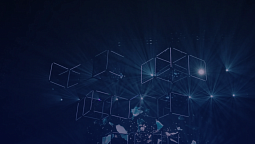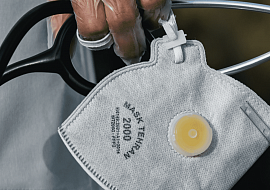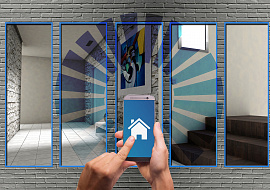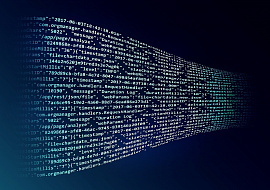IoT vs EIoT
A simple definition of the Internet of Things, referred to as IoT, is to equip basic objects with sensors and intelligently connect them to a network for controlled operation, data acquisition, and analysis. The objects are managed remotely with immediate response to both automatic and manual commands.
Advancements in this revolutionary technology have evolved into a business platform known as the Enterprise Internet of Things or EIoT. This is driven by Enterprise Software (ES) that contains programs for business application tools used by an organization to improve efficiency and productivity through collecting data from devices within the network.
A robust, scalable, and sophisticated software is required to successfully manage the large capacity of complex data used in Enterprise IoT solutions. This software typically operates on a client-server and is used to provide on-demand services through remote access. It is available as a package solution or can be customized to match the specific requirements requested by a company, also known as bespoke. Common examples of ES include the following: BI products, CRM systems, ERP systems, SCM systems, EAM (enterprise asset management), PLM (product lifecycle management), and Energy Management among others. The most advanced and complex software in this list is the ERP system, which integrates Accounting, Human Resources, Corporate performance and governance, Customer Service, Sales, Procurement, Production, Distribution and other business aspects into one “closed circuit” system while processing the information. The enterprise system provides the insights necessary for organizations to increase efficiency and improve productivity.
EIoT and IoT Ecosystems have a combination of different “levels” or “layers” that collectively offer the complete solution. The diagram below is a visual representation of how this works. Beginning with layer #1 and following through to layer #7, is a description of a standard EIoT architecture:
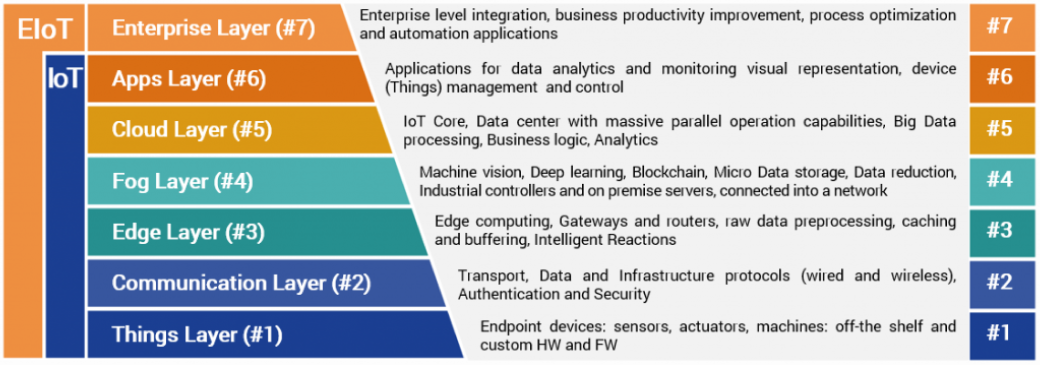
Begins with the numerous simple, yet critical, endpoint devices that provide the vital data for system operations
Is the routing of collected data for processing.
Is the processing of the data.
Is optional for some IoT, however essential for EIoT systems with massive data streams.
Is the epicenter of EIoT where all of the “daily magic” occurs. It combines endpoint devices management core (IoT core) with the data center capabilities of processing and analysis which defines the characteristics of robust, scalable, and sophisticated as mentioned above.
Is the “Wonderland’s Keyhole”, giving the user an inside look to effectively monitor and operate devices remotely, receive analytics, and build reports. This is the top level for most IoT systems, excluding Enterprise.
Is the Enterprise integration level, tracking dependencies and building models, reports and forecasts on a company level of abstraction.
We can individually guide you through these levels and offer options to fit your specific needs. PSA is a reliable and experienced provider of Enterprise IoT solutions. With a history of 27 years of experience and over 600 successfully completed projects, we are qualified to offer the best solution for your business requirements. Please feel free to contact us to receive a quote.
If you are interested in discovering how EIoT solution can improve your business, leave a request below.

